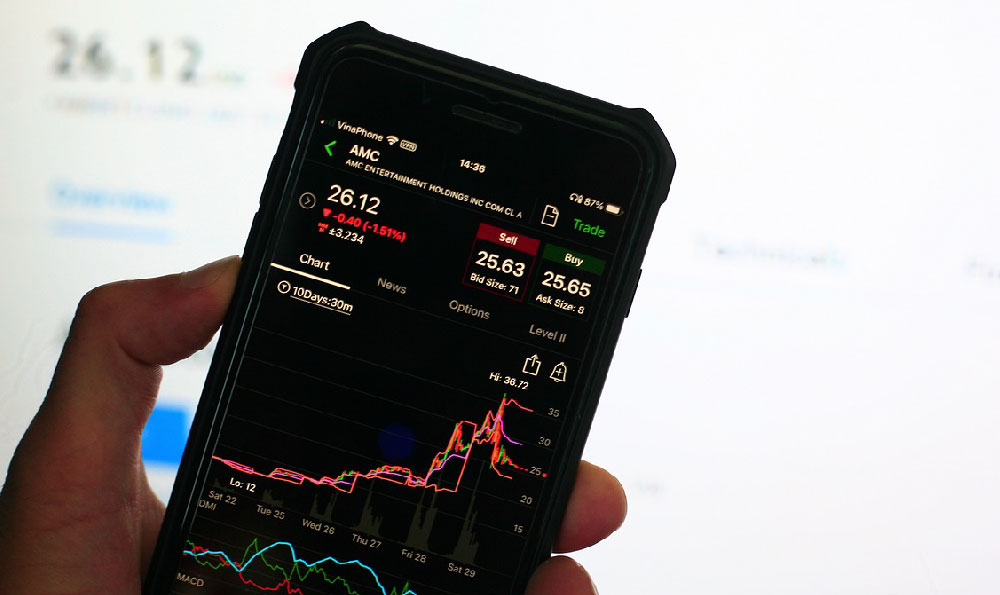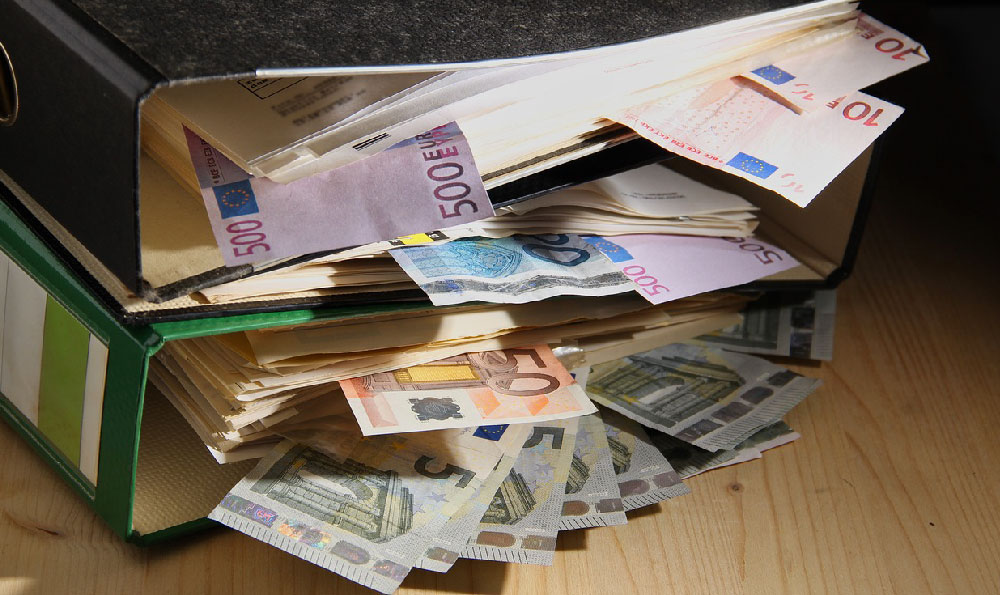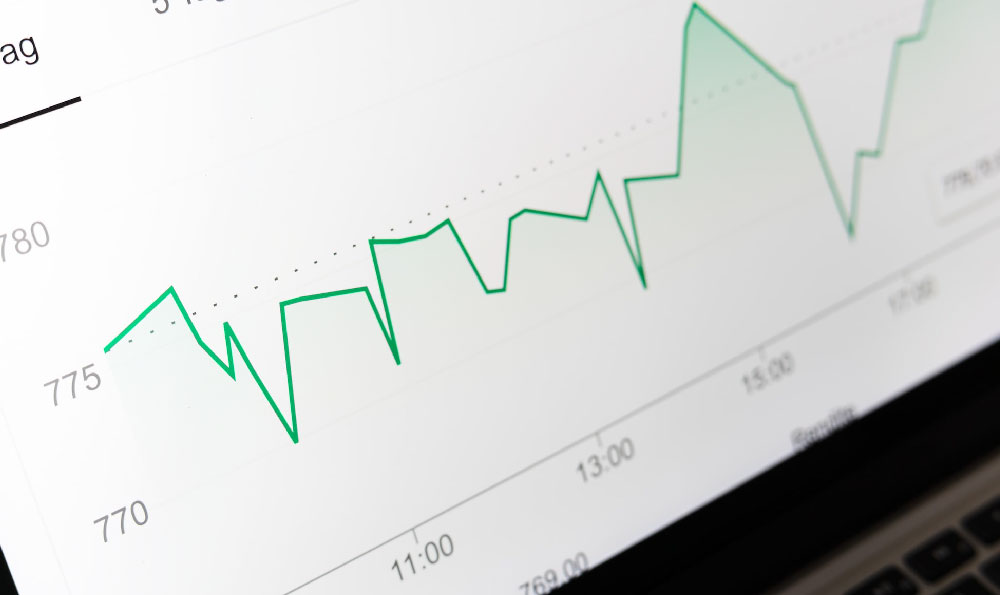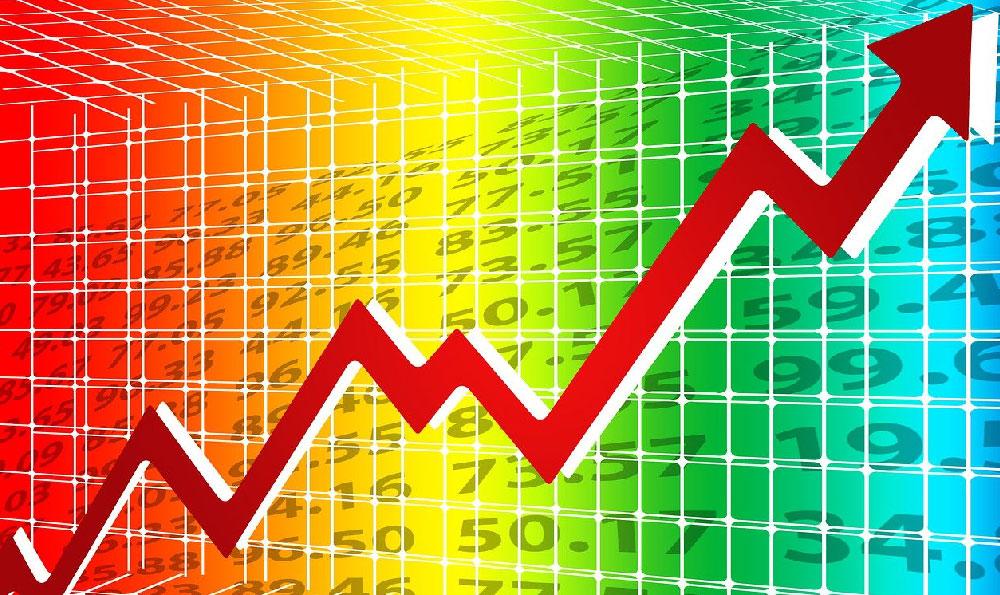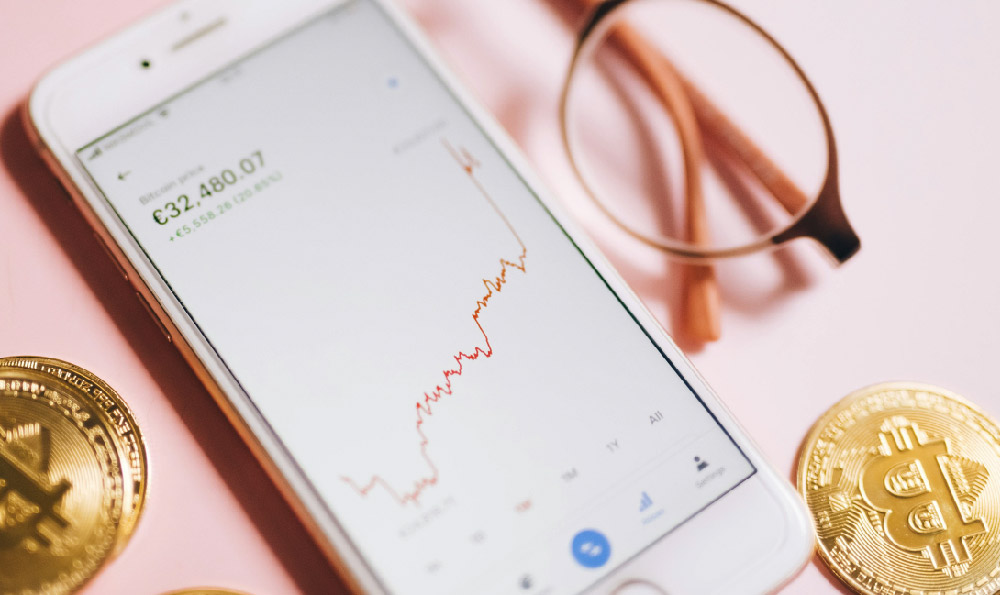The financial world of book publishing is often shrouded in mystery, especially for new authors trying to navigate the complexities of author income. Understanding the figures that define how much an author earns per book requires a nuanced look at the various elements that shape this revenue model. From the initial contract negotiations to the long-term management of royalties, the path to profitability is multifaceted. In this exploration, we delve into the mechanisms that determine an author's earnings, the factors that influence these outcomes, and the strategies that can help writers maximize their financial returns.
A key consideration in author income is the distinction between traditional publishing and self-publishing. When an author opts for a traditional contract, they typically receive an advance and a percentage of the book's royalties. This advance is essentially an upfront payment from the publisher, which can be a significant support for writers. However, it's important to recognize that the advance is not guaranteed to be repaid; it serves more as a form of investment from the publisher in the author's work. The royalty percentage, on the other hand, is the amount the author earns per book sold. These percentages can often range between 10% and 15% for traditional print books, though digital formats may offer higher margins due to lower production costs. For self-published authors, the numbers can be both more flexible and more volatile. Platforms like Amazon Kindle Direct Publishing (KDP) offer a 70% royalty rate for books priced between $2.50 and $9.99, while higher-priced books might see a reduction to 50%. This autonomy allows authors to set their own pricing, but understanding the market dynamics is crucial to ensuring the book's success.
The income from a book isn't solely dependent on the initial sale. As books continue to sell over time, the royalty payments accumulate, creating a potential for long-term earnings. However, the rate at which these payments occur varies significantly. Traditional publishers usually pay royalties quarterly or annually, whereas self-published authors on platforms like KDP may receive payments more frequently, often within a few weeks of a sale. This difference in payment cadence can impact an author's cash flow, especially for those who are juggling multiple projects or financial obligations. Also, the royalty rate may not remain static. For example, KDP adjusts the royalty percentage based on the book's price and other market factors, which means the author's earnings per book can fluctuate over time.

In addition to the primary revenue streams, authors may explore supplementary income sources to diversify their financial portfolio. These can include speaking engagements, seminars, or workshops where the author shares their expertise or experiences related to the book's content. The fees from these events can vary widely, depending on the author's reputation, the event's scale, and the audience's interest. Similarly, authors might consider selling related merchandise, such as book covers or themed products, which can provide additional revenue. However, it's important to remember that these supplementary earnings are not guaranteed and require active effort to generate.
Author income is also impacted by how the book is marketed and promoted. A well-placed book can lead to higher sales and, consequently, higher royalties. Marketing strategies can range from traditional book signings and media interviews to the use of social media and online platforms to reach a wider audience. The effectiveness of these strategies can significantly influence the book's profitability. For instance, books that generate buzz before release may benefit from increased demand, leading to higher sales figures and, subsequently, higher income.
Beyond the financial calculations, there are additional factors that shape an author's earnings per book. These can include the book's packaging, the cost of production, and the availability of the book on different platforms. For example, a book published in hardcover often has a higher price point than a paperback or digital version, but the royalties from hardcover books may be lower due to the higher production costs. This trade-off requires authors to carefully balance these factors when deciding on the book's format and pricing.
Selling multiple books can also influence an author's overall income. A successful author may have a collection of books that generate consistent royalties. This not only diversifies their income but also provides a sense of financial security. However, it's important to note that the success of each book can vary, and the author must be prepared for the possibility of some books not performing as well as others.
Finally, the time it takes for a book to generate income is another important factor. Traditional publishing involves a longer process, as books may be in the making for years before hitting the shelves. This can lead to a delayed recognition of income, even for well-received books. Self-publishing, on the other hand, allows for quicker turnaround times, enabling authors to start earning almost immediately after publication. However, this speed comes with the caveat that the initial sales might be low, requiring the author to continue marketing efforts to sustain interest and sales.
In conclusion, the question of how much an author earns per book is not a simple one. It involves a careful evaluation of the publishing method, the book's content and marketability, and the author's ability to manage their financial strategies. By understanding these dynamics, authors can better position themselves to achieve financial success in the publishing industry.






